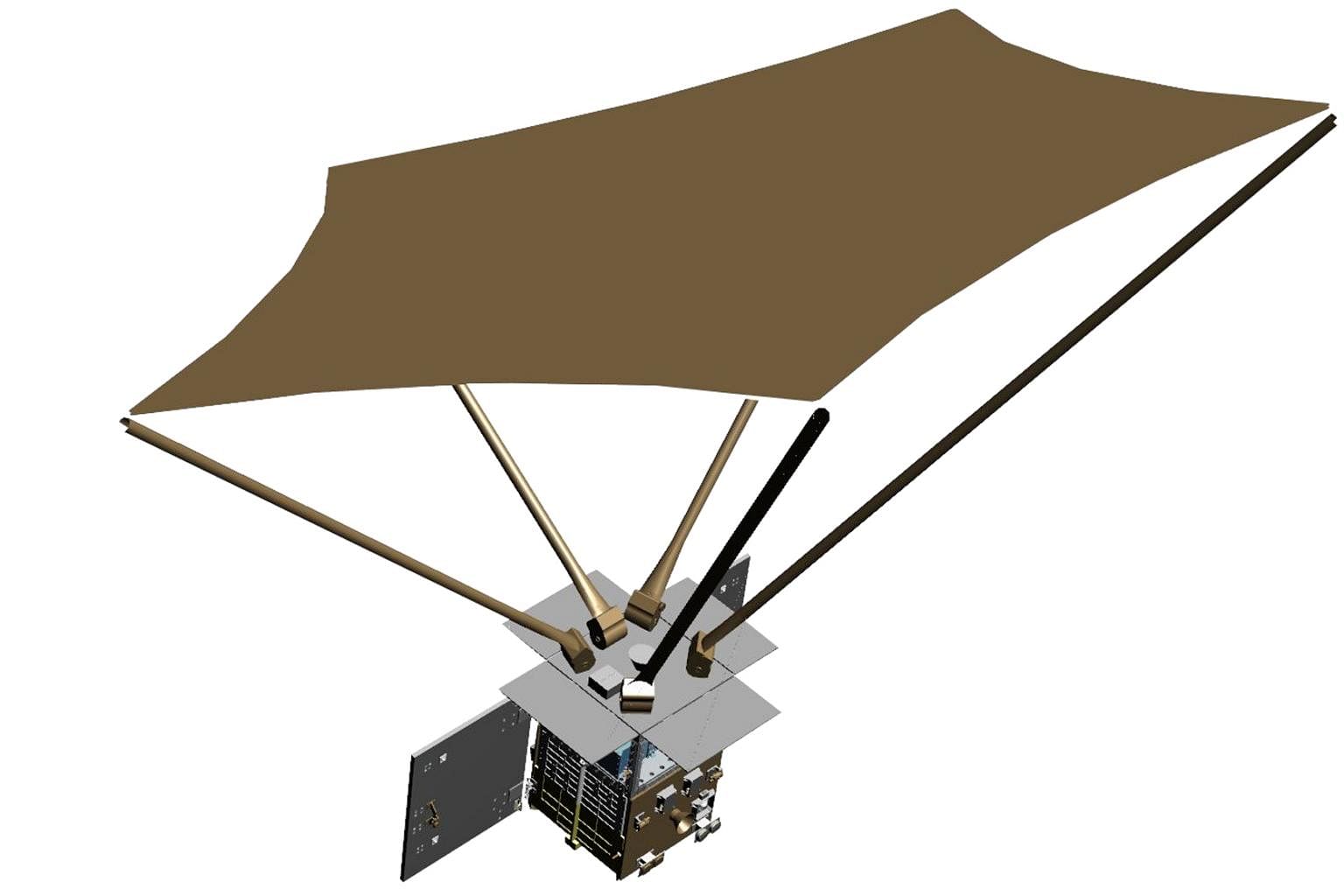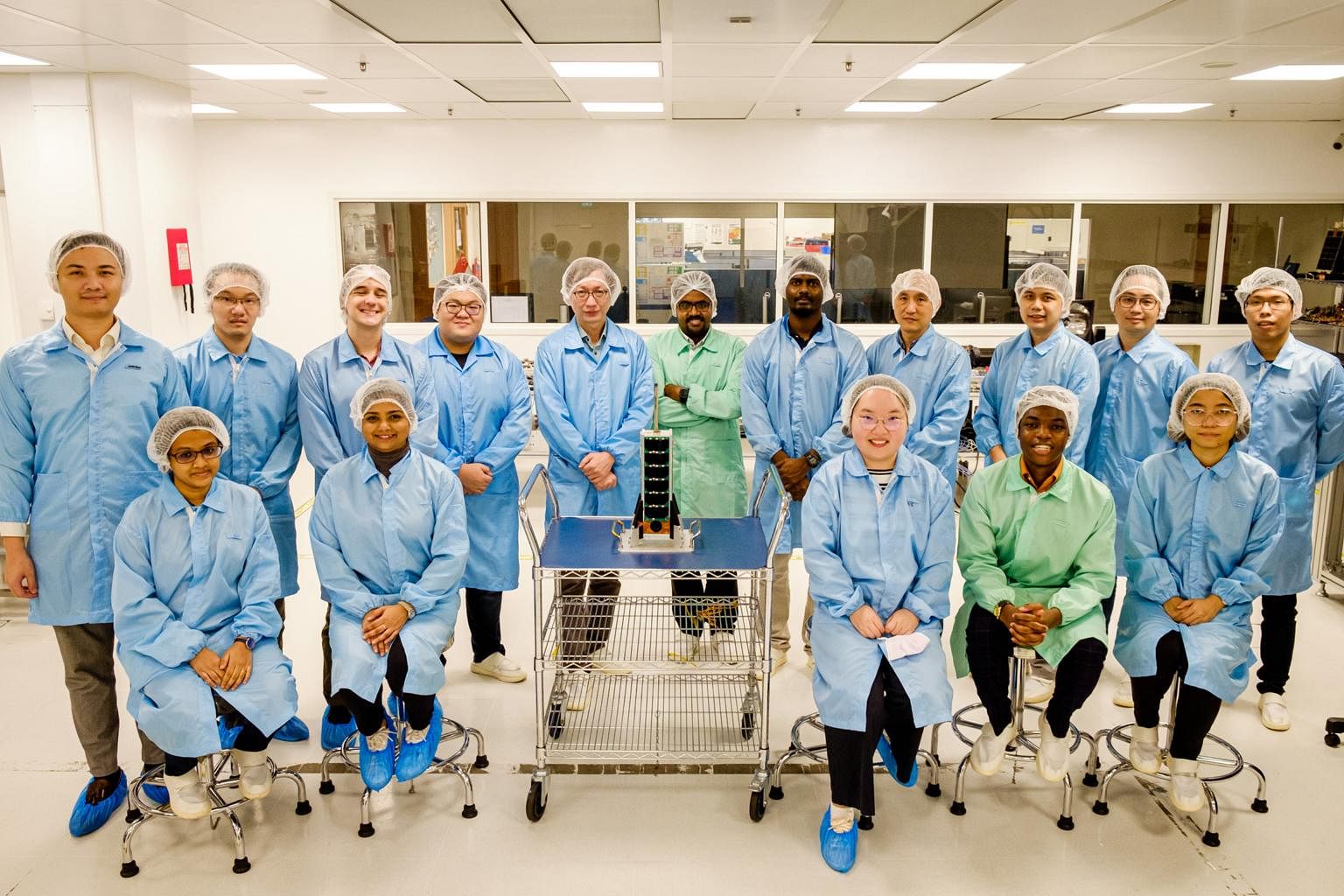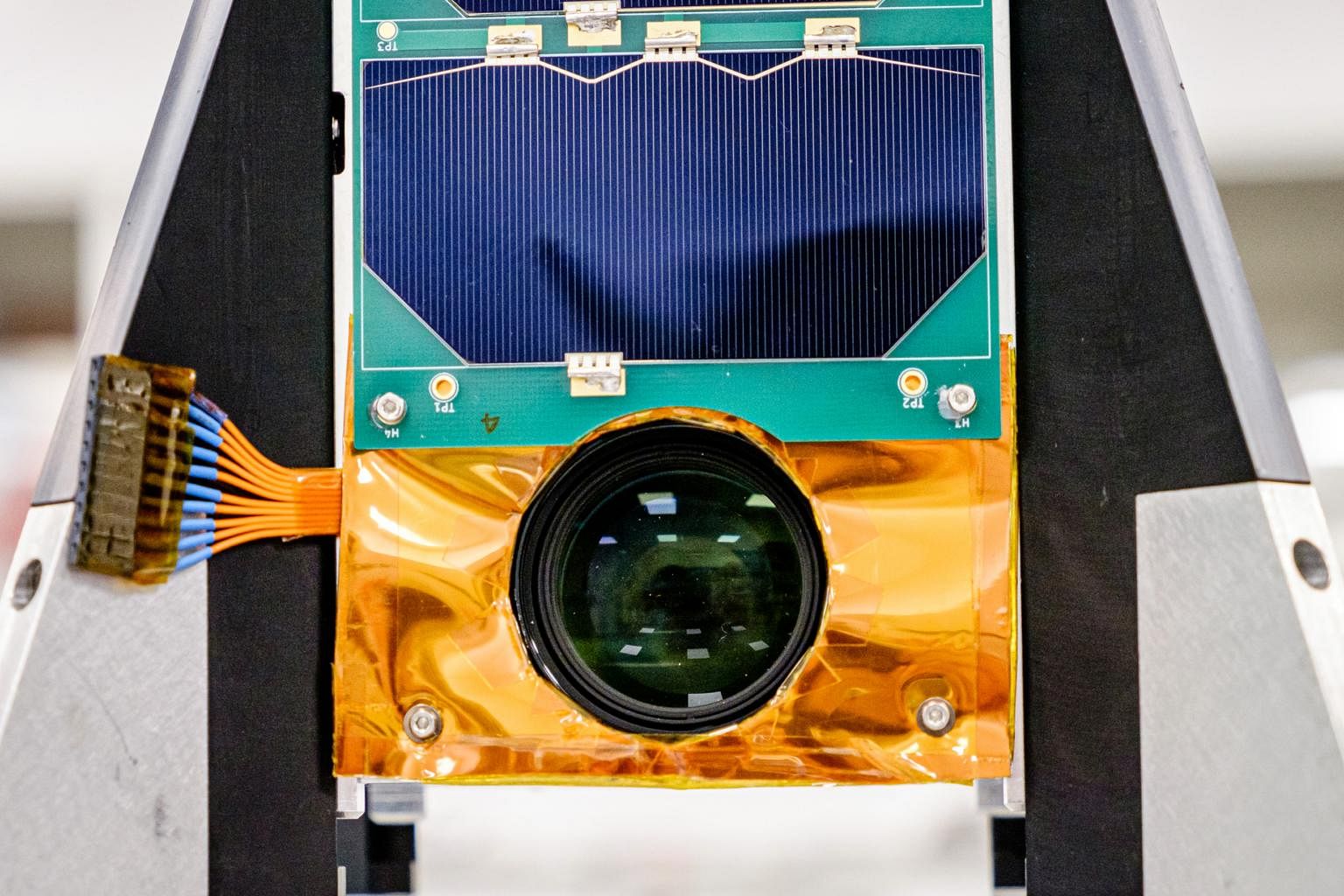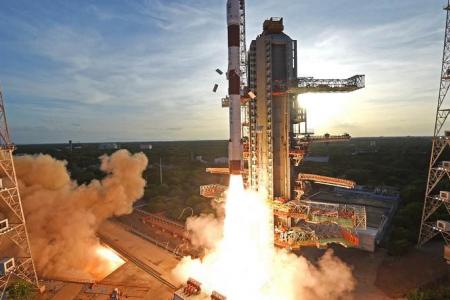Singapore has three new satellites in orbit, for security, climate, disaster monitoring
Singapore is making further strides in space with the launch of an Indian rocket carrying three of its satellites for national, research and commercial uses.
The two larger satellites - developed by Singapore government agencies and firms - will act as eyes on the region for various uses such as enhancing maritime security, detecting oil spills and monitoring disasters for humanitarian aid.
The third, a 3.1kg nanosatellite, was designed and built by more than 50 students from Nanyang Technological University (NTU). This research satellite will remain in space for six months to test new technologies.
The 44m-tall rocket lifted off from the Satish Dhawan Space Centre in South India on Thursday (June 30) soon after 6pm (8.30pm Singapore time).
The satellites were released into orbit about 570km above Earth some 20 minutes later.
This brings the total number of Singapore satellites to 19. The first one was sent up in 2011, and most of them have been for research.
Saidd Mr David Tan, executive director of Singapore's Office for Space Technology and Industry (OSTIn): "We are committed to supporting the development of local capabilities in space-based technologies to ensure that Singapore can effectively harness these technologies to serve national needs in domains such as aviation, maritime, climate and sustainability."
The second-largest of the three new satellites is the first locally developed satellite with a radar technology that can capture images in the night and in poor weather.
This NeuSAR satellite is equipped with synthetic aperture radar that sends radio waves to the Earth's surface and collects the returns to form images.
The 160kg satellite can thus penetrate darkness, thick clouds, haze and volcanic ash, unlike those that use optical cameras.
NeuSAR's development was led by DSO National Laboratories, Singapore's defence research and development organisation.

The largest satellite of the three is the 365kg DS-EO by the Defence Science and Technology Agency and ST Engineering.
Unlike NeuSAR, the DS-EO's image quality depends on good weather and daylight.
This Earth observation satellite can take full-colour snapshots to recognise scenes on different ground terrain features, generate high-quality maps and serve disaster relief needs.
Singapore mainly focuses on satellites weighing less than 500kg. They are less costly and faster to develop than more traditional larger satellites.
Constellations of small satellites - which provide wider Earth coverage - can be formed to provide on-demand images for commercial and civil purposes, said DSO National Laboratories and OSTIn in a statement.
NTU's 35cm-long Scoob-I is the 10th research satellite the university has launched since 2011. It is also Singapore's first satellite that can measure the amount of energy from the Sun that reaches Earth.

The data obtained from the satellite's sensor can contribute to climate studies and help protect sensitive space electronics from harsh solar activity.
"Part of the solar energy coming to Earth is reflected (back to space). Because of climate change and global warming, we are retaining more of the energy," said Assistant Professor Amal Chandran from NTU's Satellite Research Centre, who designed and developed the solar spectrum sensor.
"We need to study both incoming and outgoing energy to understand how much energy is being retained on Earth. The sensor from Scoob-I will help to quantify a small part of the incoming solar energy," added Prof Chandran, who is the director of space science and technology at the research centre.

Scoob-I is also the first of three NTU satellite missions that will be helmed by students. The three projects allow them to take on more leadership roles and make decisions related to the missions, said Prof Chandran.
For NTU's previous nine satellites, students were involved on a need-to basis as part-time employees.
One of the engineering undergraduates who worked on Scoob-I is Mr Isaac Wong, 25. "One of my main tasks was to iron out any remaining kinks in the software and ensure (the satellite) is flight ready," he said.
"It feels unreal to be able to send something I worked on to space."
Get The New Paper on your phone with the free TNP app. Download from the Apple App Store or Google Play Store now

